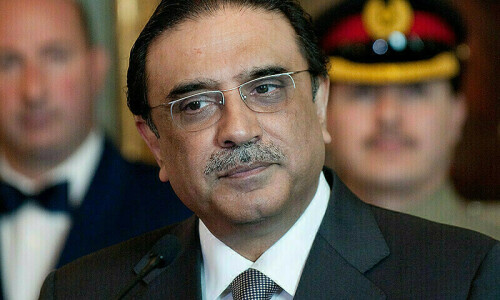LUCK means that factors beyond one’s control supplement one’s efforts and merits to ensure higher achievements. Highlighting heart-warming stories about sacrifices and perseverance, official narratives ignore luck’s role in national histories. Though not necessarily the dominant factor, luck helped improve the Pakistan Movement’s prospects and subsequent economic performance. We first consider the former.
The prospects of partition movements firstly depend on presenting strong claims about being a separate nation. The ideal nation is a large group of people having: i) a long common ethnic, racial or religious identity, ii) concentration and overwhelming majority in a large geographical area since long, iii) minimal internal racial, ethnic or religious differences and little such commonalities with neighbours.
Japan scores highly on this definition. My Pakistani heart shouts that so did pre-1947 Indian Muslims. My academician’s head quietly assigns them low-to-moderate scores on criteria two and three. Ironically, even such scores still earn Pakistani nationhood reasonable ranking among Third World states since few of them house highly cohesive nations.
Secondly, high nationhood scores are insufficient motivators or criteria for secession. Numerous nations with higher scores never pursue independence. Those that do so usually base it on unusually severe and prolonged mistreatment by dominant groups; most still fail. The Pakistan Movement was an unusual pre-emptive one, based on fears of future domination rather than prolonged past mistreatment. It probably is the only pre-emptive separation movement to ever succeed.
Partition has paid off economically.
Thirdly, separation movements often succeed after many decades (Eritreans and South Sudanese); some remain unsuccessful even then (Kurds and Palestinians). Pakistan is among a few which got separation within years of demanding it. Ironically, Bangladesh did even better on this count.
Fourthly, separatists often suffer enormous one-sided brutalities, including heavy artillery and aerial attacks, in pursuing independence. Indian Muslims did not suffer one-sided casualties in asymmetrical war; rather casualties which were suffered by both sides in riots and which mostly occurred needlessly after independence’s approval.
Given these four points, the Pakistan Movement, despite incurring high losses in riots, seems lucky compared with the failure of many independence movements which possess higher nationhood scores and have suffered decades of one-sided brutalities. Some conservatives may attribute this comparatively easier success to not luck but ‘divine support’ for the Islamic fortress.
Present-day Pakistan was among pre-1947 India’s most backward regions. The British and Indians doubted its economic viability. Even Jinnah lamented his moth-eaten, truncated Pakistan. This truncation emerged from Muslims’ low score on the second nationhood criterion. However, luck blessed Pakistan even after independence economically. Pakistan surprisingly outperformed better-endowed India on poverty, overall growth rates and per capita income for nearly 50 years, partially due to favourable opportunities provided by the Korean War, the Cold War and two Afghan wars and the Middle East bonanza.
Mohajirs apparently benefited the most from this. Indian Muslims have the lowest average incomes among Indian religious groups. However, their migrated kin in Karachi have the highest average incomes among Pakistani ethnic groups despite their initial uprooting and subsequent reverse discrimination experiences.
Present-day Pakistan is probably more industrialised than it would be within undivided India. Much of the Indian industry is still south-based. Pakistani elites — industrialists, traders, bureaucrats, professionals, landlords, generals and mullahs — have certainly benefited highly from partition. Even the masses have probably done slightly better since absolute poverty is lower in Pakistan despite India’s comprehensive land reforms. Thus, partition has paid off economically till now.
Two caveats apply to my ‘luck’ thesis. First, luck helped Pakistan economically only, not politically. Its political performance was always poorer than India’s. Secondly, luck dividends ultimately subside and endowments primarily determine long-term performance. Thus, India now outperforms Pakistan overall even economically. Pakistan’s recent security and political turmoil has undermined its economic edge.
Nevertheless, both my Pakistani heart and academician’s head agree fully that Pakistan’s worst travails are probably behind it and that its future will gradually become better than its past. However, they agree to disagree on the pace of this transformation, with the former demanding overnight results and the latter robotically producing calculations suggesting a longer time frame.
The writer is a political and development economist.
Published in Dawn, September 13th, 2015
On a mobile phone? Get the Dawn Mobile App: Apple Store | Google Play











































